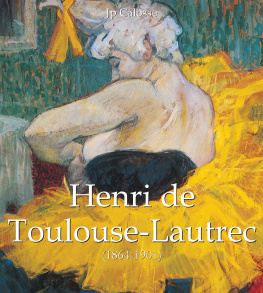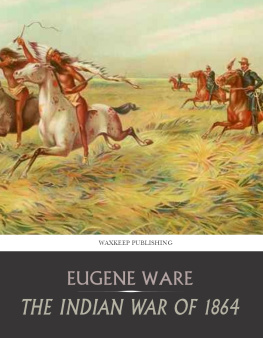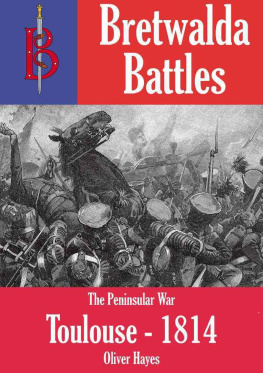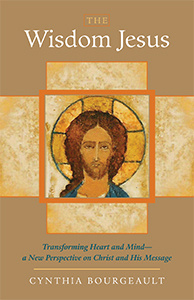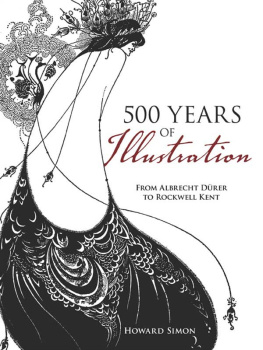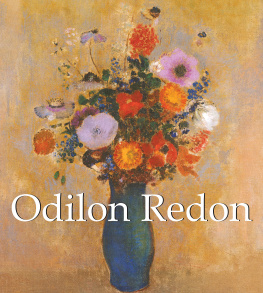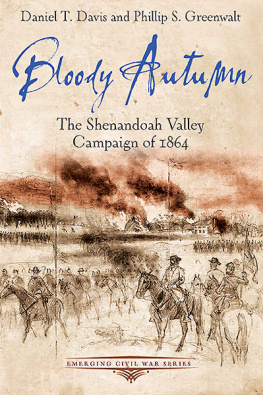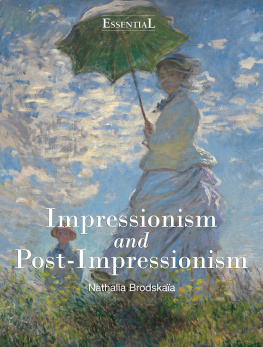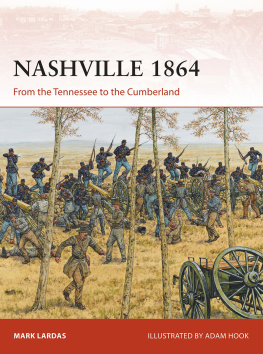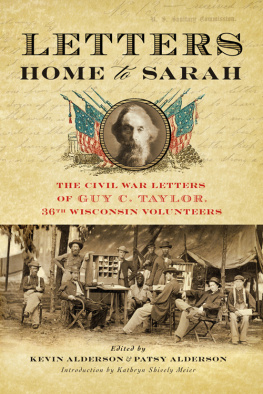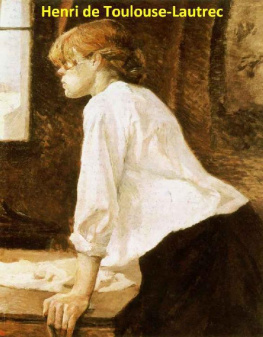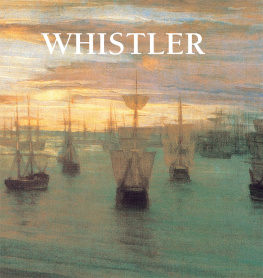Baseline Co. Ltd
All rights reserved.
No part of this publication may be reproduced or adapted without the permission of the copyright holder, throughout the world. Unless otherwise specified, copyright on the works reproduced lies with the respective photographers, artists, heirs or estates. Despite intensive research, it has not always been possible to establish copyright ownership. Where this is the case, we would appreciate notification.
You dont die from a hole in your trousers, unless you are a diver.
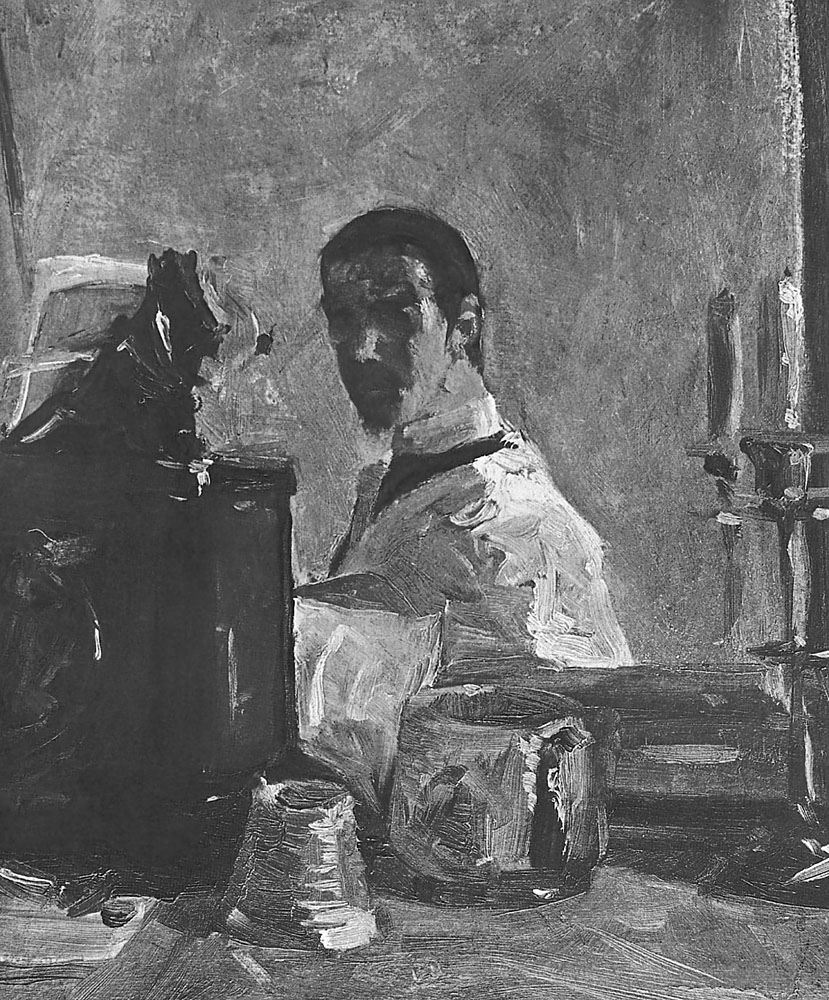
Self-portrait of the artist in front of a Mirror, 1882-1883
Oil on cardboard, 40.3 x 32.4 cm. Muse Toulouse-Lautrec, Albi.
Biography
1864:Birth of Henri Marie Raymond de Toulouse-Lautrec-Monfa on November 24 th in Albi. He spends his early childhood pampered by his family.
1868:His one-year old brother dies and his parents separate. A nanny takes care of Henri from now on.
1872:At the age of eight, he leaves to live with his mother in Paris. He draws his first sketches and caricatures on his exercise workbooks. He then takes lessons from the painter Ren Pierre Charles Princeteau, a friend of his father.
1875:Returns to Albi for health reasons. He takes thermal baths at Amlie-les-Bains and his mother consults with many doctors in the hopes of finding a way to improve her sons growth and development.
1879:After two fractures, due to a congenital anomaly, his legs stop growing.
1880:He does many drawings while in Albi, encouraged by his uncle Charles. During 1874, Henri executed more than 2,400 drawings using multiple techniques.
1881:After failing once in July while in Paris, Henri passes the first part of his college entrance exam in October in Toulouse and finishes his studies. During his stay in Nice, he achieves a number of paintings and drawings. Ren Princeteau convinces Henris parents to let him study painting in Paris with Bonnat.
1882:He begins to study at Bonnats workshop, a triumphant artist at the time. Bonnat, an aesthete, was a cold, academic painter and a tyrannical teacher. He did not hold a very high opinion of Henri. The workshop soon closed and Henri went to study with Cormon where he met Emile Bernard and van Gogh. He criticised the work of Cormon, saying that it was not highly innovative, but nevertheless appreciated the artists teaching technique. He was to stay in Cormons workshop for five years.
1884:He moves into a workshop in Montmartre and finds his models in the places of pleasure in the quarter. He meets Aristide Bruant, who influences him for many years to come. The singer shows some of Henris first works at the cabaret Le Mirliton and his drawings are reproduced in a journal of the same name.
1887:In May, he participates in an exposition in Toulouse under the pseudonym Trclau, an anagram of the word Lautrec. He exhibits works in Paris with van Gogh and Anquetin. He studies Japanese prints.
1889:From 1889 until 1894, Henri regularly takes part in the Independent Artists Salon, the artistic Circle and the Literary Volnay. He does several landscape paintings in Montmartre. As soon as the Moulin Rouge opens on October 5 th , he becomes a regular at the famed nightclub and has his own reserved table each night. His paintings are also exhibited at the Moulin Rouge.
1891:First lithographs and publication of his first poster: The Moulin Rouge (The Glutton).
1893:First large personal exhibition organised by Joyant. Henri participates in the exhibition Painters Engravers with eleven lithographs.
1894:He takes a trip to London where he meets Whistler and exhibits several of his posters at the Royal Aquarium. He does a number of studies, portraits and scenes of houses.
1897:His health degrades due to his problems with alcohol. He nevertheless continues to paint.
1899:Publication of the illustration of Jules Renards Natural History. His social drinking is replaced by a severe alcoholism that is much more serious and he is forced to enter into a rehabilitation clinic.
1901:He returns to be with his mother and dies on September 9 th , at the age of 37, surrounded by his family.

Frustrated and unsuccessful, an artist laments in an illustration in the German satirical magazine Simplicissimus issued in 1910: You know, if one were a Frenchman, or dead, or a pervert best of all, a dead French pervert it might be possible to enjoy life! He is endeavouring to paint while his domestic life crowds in on him from every direction: children run about screaming, toys lie scattered on the floor, and his wife is hanging up washing on a line stretched across his studio. The idea that genius and domesticity are incompatible with one another was hardly new, but the artists comment shows how quickly the turbulent lives and premature deaths of Henri de Toulouse-Lautrec and Paul Gauguin had entered popular mythology. Lautrec, who died aged thirty-seven in 1901, Gauguin, who died aged fifty-five in 1903, and the Dutch-born but French-by-adoption Vincent van Gogh did more than any others to colour popular ideas about the artist in the twentieth century.
Although the notion of the artist as a self-destructive outsider reached its peak at the end of the nineteenth century with Lautrec, Gauguin and van Gogh, its origin can be traced back to the late eighteenth century when political, cultural and economic revolutions transformed the way artists saw themselves and their relations with the world around them. In 1765, under the ancien rgime, the pastel artist Maurice Quentin de La Tour depicted himself as an aspiring courtier, with powdered wig, velvet jacket and an ingratiating smile.
Somewhat less pretentiously and dressed a good deal more practically, his contemporary Jean-Baptiste Simon Chardin also showed himself as a well-adjusted and contented member of society on a lower social rung. Two or three decades later, the smiles and benign expressions no longer appear on the faces of a new generation of young artists including Jacques-Louis David, Henry Fuseli and Joseph Turner. These are young men in complex and even tormented states of mind, whose self-portraits challenge the viewer with their ferocious stares.
A link between the angry young men of Romanticism and the peintres maudits of the late nineteenth century is provided by Gustave Courbet who, in the 1840s and 50s, developed the myth of the artist as outsider in a series of self-portraits culminating in the famous

